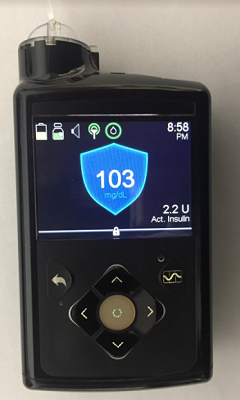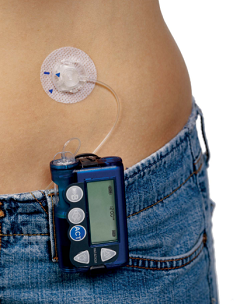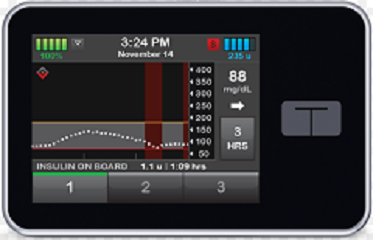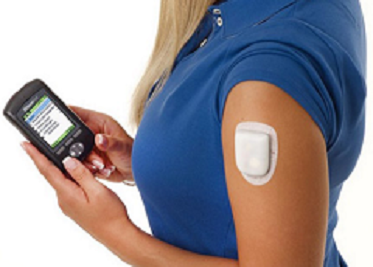What Are Insulin Pumps?
Why Use an Insulin Pump for Diabetes?Insulin pumps are small, computerized devices that some people with diabetes use to help manage their blood sugar. They wear their pump on their belt or put it in their pocket. The pump releases rapid-acting insulin into your body through a small, flexible tube (called a catheter) which goes under your belly's skin and is taped in place.
How It Works
The insulin pump works nonstop, according to a programmed plan unique to each pump wearer. You can change the amount of insulin delivered. Between meals and overnights, the pump constantly delivers a small amount of insulin to keep your blood sugar in the target range. This is called the "basal rate." When you eat food, you can program extra insulin -- a "bolus dose" -- into the pump. You can calculate how much of a bolus you need based on the grams of carbohydrates you eat or drink.
When you use an insulin pump, you must check your blood sugar level at least four times a day. You set the doses of your insulin and make adjustments to the dose depending on your food and exercise.
Some doctors prefer the insulin pump because it releases insulin slowly, like how a normal pancreas works. Another advantage of the insulin pump is that you don't have to measure insulin into a syringe.
Research is mixed on whether the pump provides better blood sugar control than more than one daily injection.
Source: www.webmd.com/diabetes/insulin-pump
To get more information on Top Insulin Pump Comparisons
click here: "https://integrateddiabetes.com/insulin-pump-comparisons"



